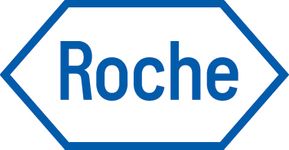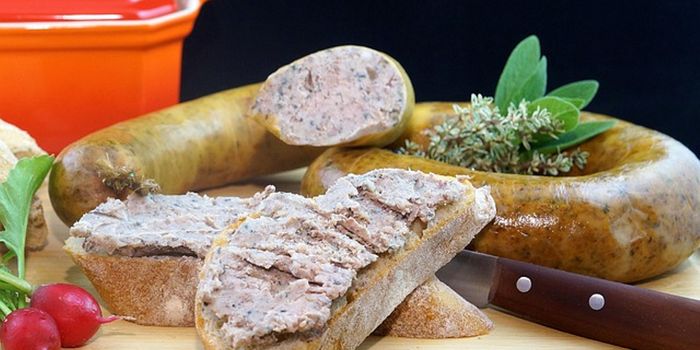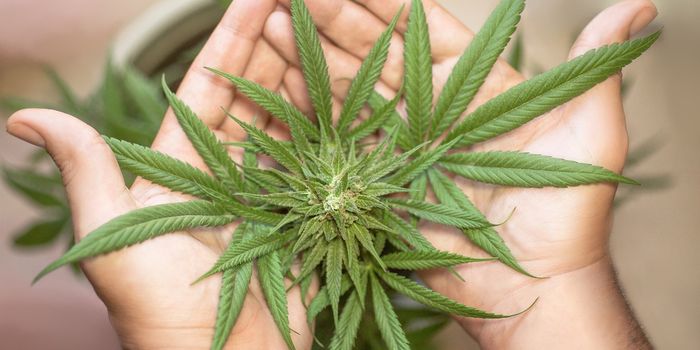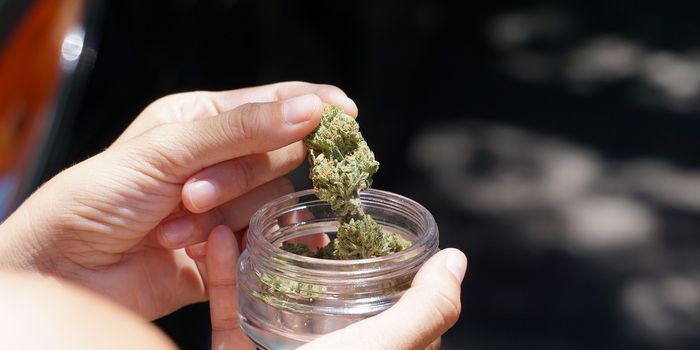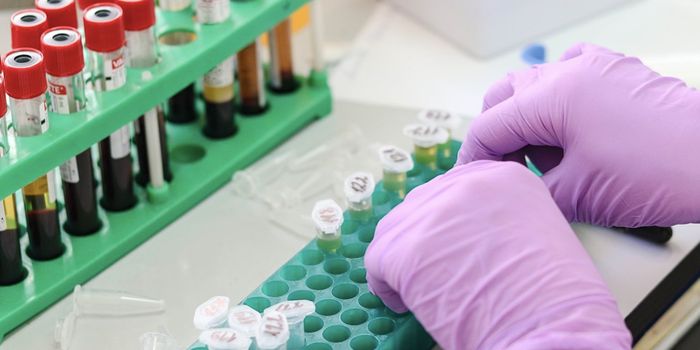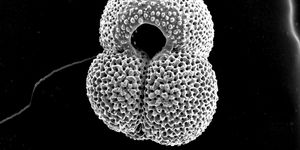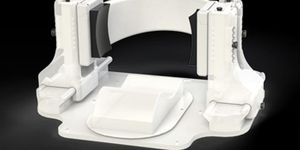Simplifying the options for RNA-seq: A short guide to different methods
You know you want to explore the transcriptome of your research subject, and you’ve decided to use RNA sequencing (RNA-seq). However, you’re still faced with a number of different workflow choices.
How do you decide?
The answer depends on the questions you’re trying to answer, as well as the origin, quantity, and quality of your samples. In this article, we’ll briefly discuss several RNA-seq workflows, how they differ, and the advantages and drawbacks of each.
Regardless of the method you choose, every RNA-seq project begins with library preparation-the method for modifying the RNA in your sample into molecules that can be read by a sequencing instrument. While library preparation workflows vary by supplier and by sequencing platform*, the discussion below is relevant to most of them.
Is your primary goal to detect or measure the expression of protein-coding genes?
If so-and if your samples are from eukaryotic organisms-then mRNA-capture methods are your best bet. These workflows first capture mature, polyadenylated (poly-A) transcripts using a substrate coated with poly-T oligos (typically beads or a column), and then continue with library preparation using only those captured molecules.
mRNA-capture is often used when comparing the expression profile of different samples, such as: tumor vs normal tissue, to look for aberrant gene expression levels or to identify disease-associated transcripts; cells or organisms at different times or developmental stages, to identify changes in gene expression; comparing healthy vs diseased tissues or organisms to identify stress- or immune-mediated gene expression; and, in drug development pathways, comparing gene expression under treated vs untreated conditions.
However, mRNA capture is not effective with bacterial or viral RNA (as they typically lack polyA tails) and is not reliable with low-quality samples; fragmented, degraded RNA typically lacks full-length polyadenylated transcripts, which can lead to biased or incomplete results.
Are you interested in non-coding and nascent transcripts? Or prokaryotic samples?
If this describes your research, choose a method that uses ribosomal RNA depletion to remove the massively abundant rRNA from total RNA samples. As rRNA can comprise 90-98% of the RNA in a cell and is not relevant for most research, ribodepletion reduces noise (wasted reads) in the final data, ultimately saving on sequencing costs. This method is often referred to as whole-transcriptome sequencing (WTS).
Some advantages of ribodepletion workflows are that: (1) they are compatible with prokaryotic samples, although custom depletion oligos may be needed for organisms other than human, mouse, and rat; (2) they enable the sequencing of non-coding and immature transcripts, both of which typically lack poly-A tails, and (3) they are effective with degraded samples. In addition, other highly abundant transcripts can also be depleted using complementary oligos, such as hemoglobin transcripts in blood-derived samples-increasing the percentage of informative sequencing reads.
Are there specific transcripts you want to detect with greater precision?
Sometimes, measuring relative expression levels of a specific group of transcripts is the goal -such as those associated with a specific cancer type or stage. In cases like this, transcripts of interest can be concentrated using target enrichment methods; these include hybridization-based, primer-extension-based, and amplicon-based workflows. The common denominator for these methods is the use of sequence-specific oligos that are complementary to the transcripts of interest to capture or amplify those transcripts, while the rest are eliminated from the final sequencing library. The end result is a dataset enriched for the desired sequences.
And the list of options continues to grow…
In addition to the methods above, there are also many different workflows for sequencing RNA from individual cells (scRNA-seq) and other ultra-low-input samples. Many multiomics workflows combine RNA-seq with DNA sequencing, DNA or RNA epigenomic analysis, and/or proteomics analysis; however, even in these workflows, it’s important to choose the right RNA-seq option. All of these methods, when used in the right place at the right time, have enormous potential to advance basic research, as well as drug discovery and design.
*Many different instruments and workflows exist for preparing RNA for sequencing, including short- and long-read sequencing, sequencing-by-synthesis, sequencing-by-binding, and nanopore sequencing.

